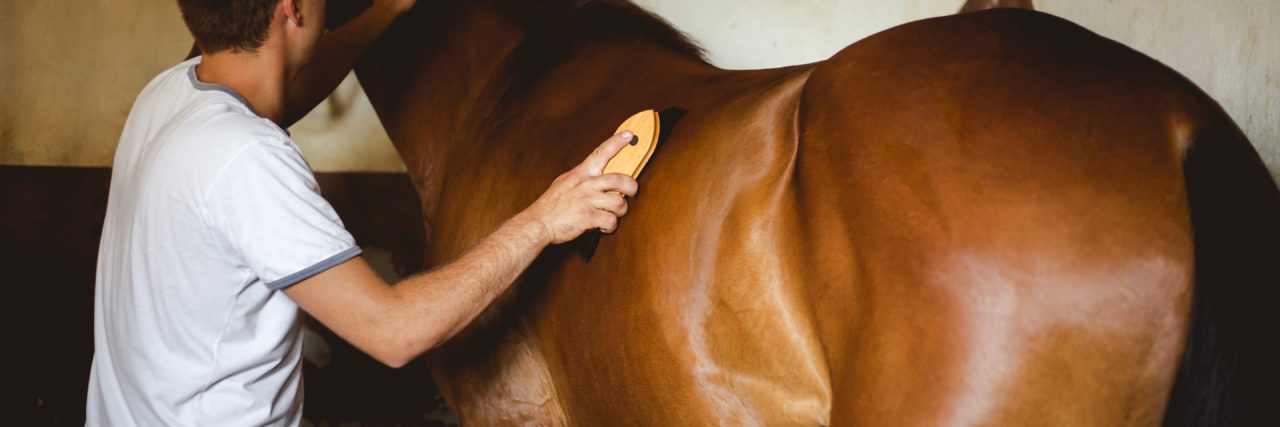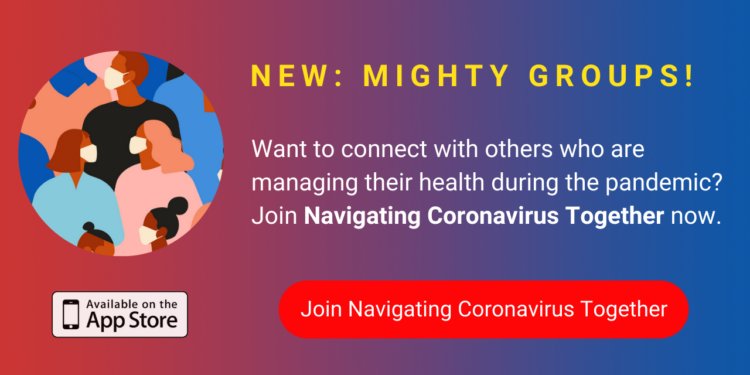As we start planning for school to look different in the fall, the first week of therapy had me feeling hopeful about what we can maintain when the process and the system of school may look really different for awhile. A big question for me has been how to explain the shifts to staff, learners, and families. I read a great article by the Harvard Business Review that helped me to start thinking about communicating what’s to come.
The first point in the article is to acknowledge your own anxiety. I am nervous, very nervous about how we will make the process of school work in the fall while following the safety guidelines and still meet the needs of our families that need child care. I am nervous about what gaps in learning or experience may be happening for our learners. I’m nervous that they will miss out when we can’t give the reassuring hugs and high-fives we are used to. What I am not nervous about is our ability to maintain our relationships with our learners and grow them in new ways. We’ve bonded during this time at home, which has deepened many of our relationships with learners and families. Those get to continue and get to keep growing no matter how we provide schooling.
Our son Nick’s relationship with his occupational therapist was not different. His ability to complete the tasks and work on his skills was not different. We just did it in a different way. Nick sees his occupational therapist each week who does amazing work with him to help strengthen his core, quicken his response time to questions, practice his social interactions, and work on his fine motor skills. The best part is that she does all of that while he rides a horse around an arena. The horse provides sensory input and forces him to focus his core to maintain balance, which allows his brain more freedom to work. As Nick rides the horse, he plays Pictionary with a white board, sprays water guns at targets, moves cones from side to side, identifies letters, and has conversation with the therapist and the other assistants who walk next to the horse to make sure he stays safe while riding around. At the end of each session, he takes responsibility to prepare a bowl and feed the horse a snack to thank him.
We have really missed going to this therapy while we have been home, so we were so relieved that he was able to return last week. They had all kinds of new safety rules that we had to follow. His therapist met us in the parking lot, he had his temperature taken, and had to thoroughly wash his hands as soon as we walked in. We all wore masks. We stayed distanced from one another as best as possible. They shifted the options for therapy so there were fewer clients in the facility at one time, we didn’t do some of the classroom based exercise before he got on the horse, and he couldn’t prepare the bowl of snacks on his own. The biggest shift was that I was suddenly the volunteer to walk alongside the horse. This was designed to help limit the number of people in the arena, but also allowed me a new opportunity to understand more about what he is working on in therapy and how he responds to the staff and the horse. I am not convinced, yet, that I am the best guide as it was much harder to hold the materials, keep an eye on his safety, and not get distracted by the beauty of the horse than I thought it would be, but we made it work.
He was super quiet in the arena, which honestly surprised me and helped me to learn more about him in that setting. He still talked the whole way home about his horse and the experience just as he usually does. I know I will be anxious as we drive there and as we walk in again this week, but I am hoping that goes away with time.
I didn’t realize how much I needed to do something that felt “normal” to our routine until I walked through the doors of the arena. It was so comforting to do something that we used to do even though the process of doing it was different. Nick was excited to see the therapist, and I had the chance to help him share a little more about himself as we did the exercises and walked around the arena that she wouldn’t have otherwise known even though she has a great relationship with him.
As I start to find my way back to social events and daily activities, I think a lot about one of my favorite quotes from Maya Angelou, “I can be changed by what happens to me. But I refuse to be reduced by it.” I certainly feel changed by much of what has happened and what I know is coming. Some days it gets to me, but it has not reduced my desire to do the work we get to do each day with learners and families as I know how much it matters no matter the setting or the format in which we do it.
“Listen for the need underneath the question” is something I have practiced a lot recently. When a parent, staff member, or school leader gets frustrated, it sometimes takes asking many additional questions to get at the root of the concern or the reason behind the question, most of which is based in genuine fear about something. To help build our skills in understanding one another and ourselves, we are working on summer professional development options for our staff that include having critical conversations about challenges, trauma training, mindfulness, and compassion resiliency.
We all need to be able to see one another through an empathetic lens more than ever and give each other grace. Our stress as a collective society is high, and our composure tends to fail us when we are stressed. We need to prepare as best as possible for strategies to reduce stress in our schools, for and with our staff, as well as learn how to have more open communication about what is happening so we can acknowledge our fears and build hope wherever we can.
We have seen some absolutely inspiring and amazing efforts by our staff and learners that we continue to try and capture and share. It is hard to always stay focused on those positives, but they are also ways we can find strength as we move into our next steps. I have seen teachers doing evening bake-offs with learners online, daily video announcements to celebrate birthdays and accomplishments, safely going to homes to drop off supplies or check-in, creating videos with shared books, songs, and poems, writing personal notes and sending “flat teachers” to each learner, and many, many more. We have worked to support our community and help our learners find their passions during this crazy time. I get to ask questions of our leaders and our staff about those moments to help them see all the positives and make sure we are recognizing the impact of those really awesome moments. The Harvard article said, “Asking, “What’s one of the worst things you’ve ever overcome or endured?” helps people tap into sources of hope and fortitude from their own stories.” Our stories of what our staff have done with learners and families during this time as well as what our families have done on their own are perfect sources of hope and fortitude to carry us forward through our next challenge.
Photo credit: bluegame/Getty Images


